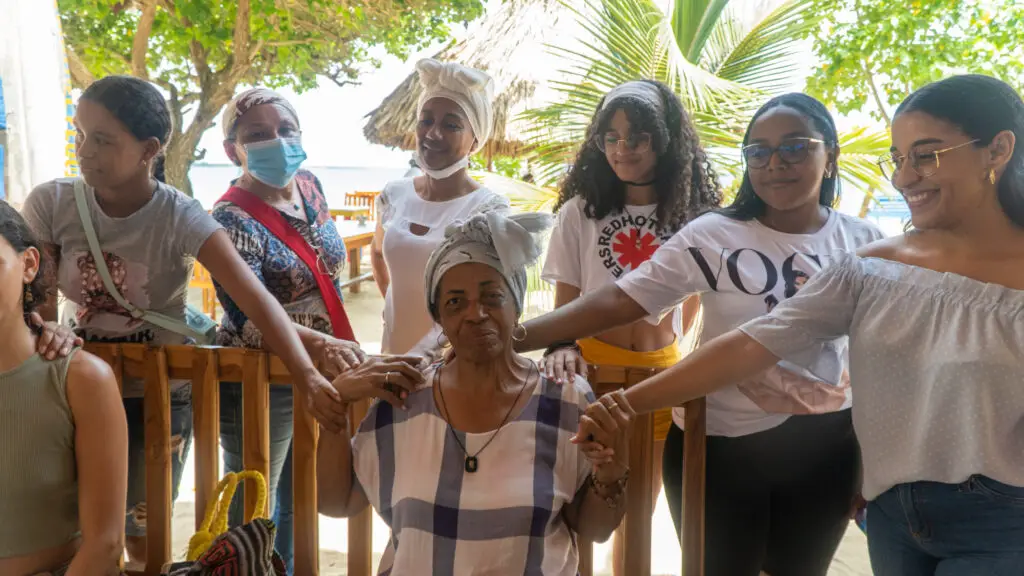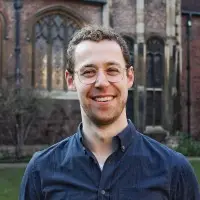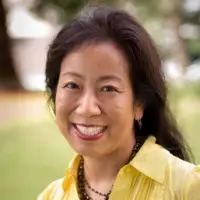Inevitable demographic shifts are about to create a fast-growing population of skilled older workers: in a decade, adults over age 65 will outnumber children under age 18. At the same time, advances in public health and medicine make it likely that more of those adults will live longer and stay healthy long enough to work for many years past the traditional retirement age. Some of these older adults will have the interest, need, and ability to contribute to students’ learning in meaningful ways, whether as volunteers or paid staff. The upshot: schools may be able to mitigate their staffing shortfalls if they can organize to attract, develop, and retain older adults.
Research worldwide has shown that intergenerational learning can boost children’s social skills, increase school attendance, deepen knowledge of culture and history, and accelerate academic learning, while also providing socio-emotional and health benefits to older adults. U.S. schools that are rethinking their staffing strategies should consider how hiring older adults could help with:
- Improving literacy: At the Downshall Primary School in the East London town of Ilford, older adults interact with select children in a dedicated activity center. Researchers studying the program saw students’ progress in literacy and communication skyrocket, particularly among immigrant students whose English language skills were the least developed.
- Teaching history and culture: In rural Australia, Aboriginal students’ literacy, numeracy, confidence, and well-being improved after time spent with elders immersed in a bush setting. In Canada, Wapikoni Mobile trains First Nations youth as filmmakers to capture stories from the local elders in their communities. Elders play a key role in promoting cultural identity and pride, which can be important factors in academic success. In the U.S., the Native American Community Academy (NACA) and schools in the NACA Inspired Schools Network (NISN) have hired elders to provide instruction in indigenous languages and knowledge keepers to share traditional cultural practices. The “Gui Kima” program in the Anchorage School District in Alaska invites Indigenous elders to classrooms to share their knowledge and stories with students. Similarly, a partnership between Indigenous tribes and schools in Montana brings elders to class to teach Indigenous language and culture alongside traditional academic subjects. “It’s about connection, lineage, legacy,” said Anpao Duta Flying Earth, executive director of the NACA Inspired Schools Network, which supports schools that integrate Indigenous culture and identity into their curriculum. “When an elder is in the room, it cements the idea of community and intentional connection.”
- To build social and emotional skills: The AARP Foundation Experience Corps program, funded by Americorps, provides grants to 20 organizations that coordinate seniors to volunteer as tutors in schools, especially in early literacy. Training, peer networks, and ongoing evaluation help ensure a high-quality experience for students, volunteers, and school staff. A third-party study of the program’s impact found statistically significant improvement in students’ relationship skills, decision-making skills, motivation to succeed, and reading performance. Wes Enicks, executive director of Literations, one of the largest Experience Corps-funded organizations, said the ongoing support and sense of community provided from the senior volunteers is critical to the program’s success.
- To create a sense of belonging: The nonprofit Fundación Mi Sangre (FMS) seeks to instill peace-building skills in the next generation of leaders in Colombia, after a nearly five-decade asymmetric war between the Colombian government, paramilitary groups, and crime syndicates left 220,000 dead, 25,000 missing, and 5.7 million displaced. In their program, young people talk with elders about past social changes, jointly identify a community challenge, collaborate to develop a solution, implement the idea, share their experiences, and celebrate their collective work. Participant evaluations show that this intergenerational collaboration has enhanced well-being and sense of belonging for both generations. Youth feel useful, engaged, and capable, while elders are valued, understood, and celebrated. Entire communities are stronger.
According to Kara Bobroff (Diné/Lakota), the founder of the NACA and the NACA Inspired Schools Network, students and elders are most likely to benefit from intergenerational learning when the exchanges have a clear and stated purpose. She has seen more success when the schools have a dedicated space for the meetings and a coordinator nearby to help activities stay on track. Enicks added that a dedicated space and coordinator meant that volunteers built strong relationships among themselves that in turn bolstered their capacity to support students. For the team at FMS, reflection and candid dialogue between the generations shifts mindsets to create a sense of community and belonging.
Duta Flying Earth also noted that state-level policies such as certification for community educators can encourage and enable schools to use intergenerational learning. New Mexico is considering a policy change to allow schools to count community educators as a type of staff member that merits funding under the state’s funding formula. Equally important, the policy change would enable students to receive credit for the classes taught by these community educators. System leaders interested in tapping into this growing population of potential educators would also benefit from developing more flexible staffing models that include part-time and seasonal work.

In Envigado, Colombia, youth are working with elders to reimagine public spaces through an unlikely art form: rap music. Over the past decades, youth have increasingly withdrawn from Envigado’s public spaces such as parks and outside festivals.
In response, Fundación Mi Sangre (FMS) mobilized youth to proactively reimagine these public spaces in collaboration with local elders. Youth hosted conversations with municipal elders about their favorite public places and how they have changed over time. Together, these groups map historical sounds, sights, and sentiments across the municipality. For example, elders might record the whirring of sewing machines to represent the Rosellón textile factory, whose arrival transformed Envigado into an international industrial hub. Young people might sample sounds from spray painters to reference the growing street art culture.
The groups then unite these into a musical performance to capture both the spirit of how Envigado was and how it could be. This co-created musical exploration provides a platform for youth and elders to come together in one public space. It serves as a jumping-off point for discussing tensions and reconciling misunderstandings, ultimately building bonds between generations and reinvigorating shared spaces to match a diverse and changing community.




